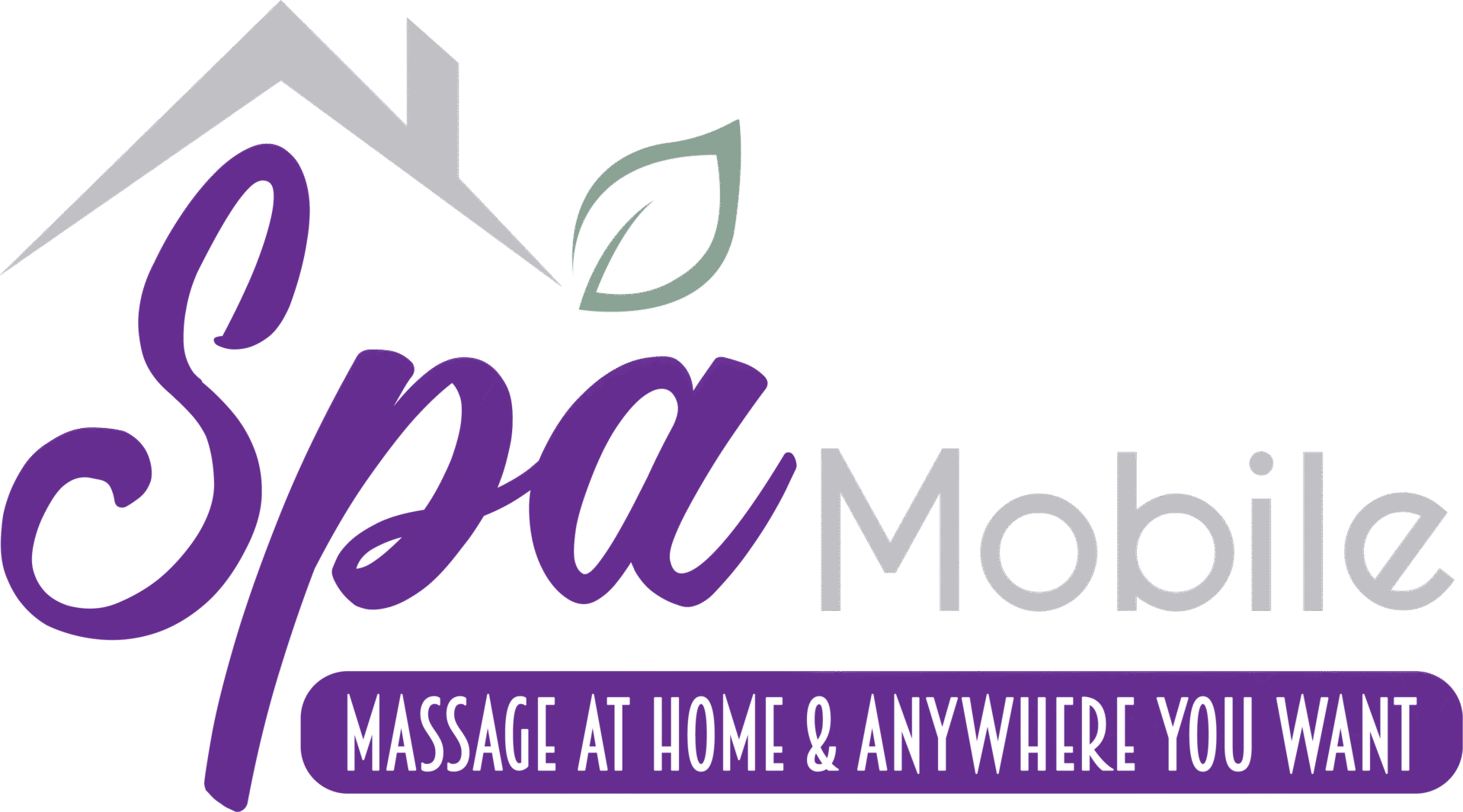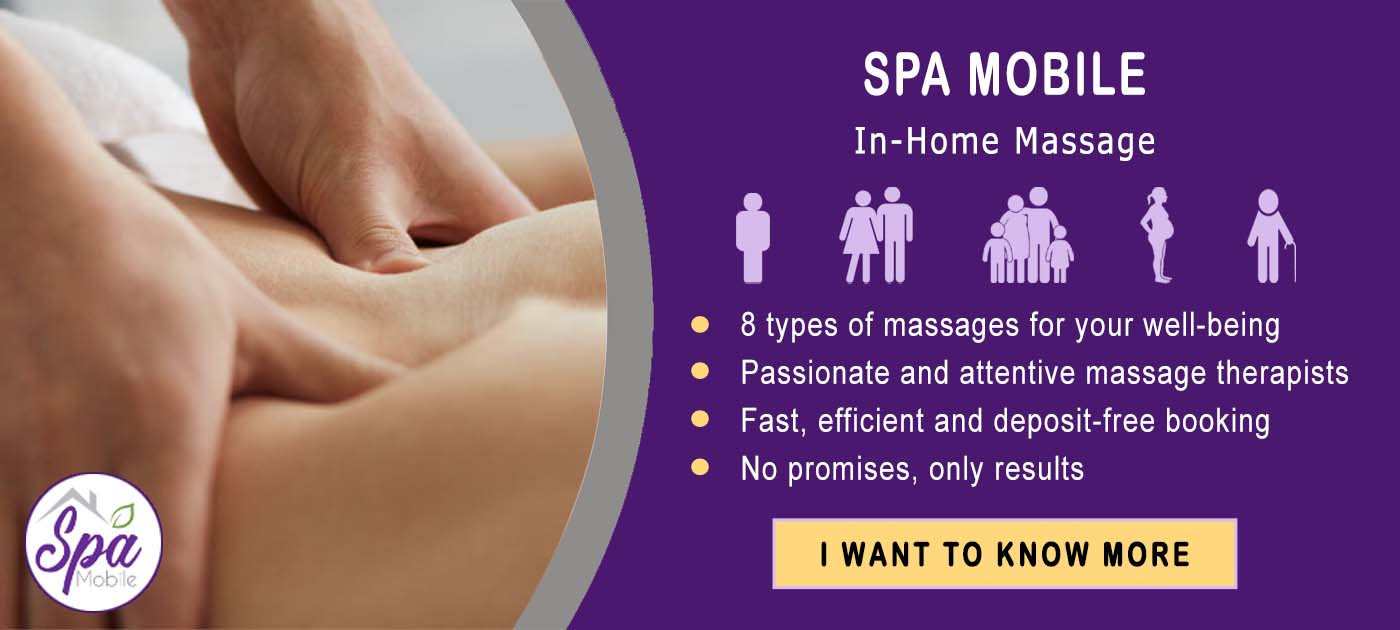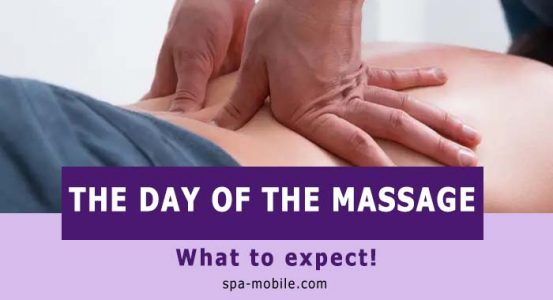Introduction
After giving birth, a woman’s body undergoes many changes, both physically and emotionally. One common issue that new moms face is poor posture. This can be attributed to the physical demands of pregnancy and childbirth and the constant care required for a newborn. In this article, we will discuss the importance of good posture postpartum and provide some tips for new moms on maintaining proper posture.
Why is Good Posture Important Postpartum?
Good posture is essential for everyone, but it is necessary for new moms. During pregnancy, the body undergoes significant changes, including weight gain, hormonal shifts, and changes in the spine and pelvis. These changes can lead to poor posture, which can exacerbate common postpartum issues such as back pain, pelvic floor dysfunction, and diastasis recti.
Proper posture postpartum can help alleviate these issues and promote faster healing and recovery. It can also prevent long-term complications such as chronic back pain and muscle imbalances. In addition, good posture can help new moms feel more confident and energized as they navigate the challenges of motherhood.
Tips for Maintaining Good Posture Postpartum
1. Practice Mindful Movement
One of the most effective ways to improve posture postpartum is to practice mindful movement. This involves knowing your body’s alignment and movement patterns throughout the day. When carrying out daily tasks such as feeding, changing diapers, and lifting your baby, pay attention to how you are standing, sitting, and moving.
Try to maintain a neutral spine, engage your core muscles, and avoid slouching or hunching over. Take breaks to stretch, move around, and avoid staying in one position for too long. Being mindful of your posture and movement can prevent strain and tension on your muscles and joints.
2. Strengthen Your Core Muscles
During pregnancy and childbirth, the core muscles undergo significant strain and stretching. This can weaken the muscles and lead to poor posture postpartum. To improve your posture and strengthen your core muscles, focus on exercises that target the abdominals, obliques, and pelvic floor.
Some practical exercises for strengthening the core postpartum include pelvic tilts, planks, bridge poses, and Kegels. Consult a physical therapist or postnatal fitness specialist to develop a safe and effective exercise routine tailored to your needs.
3. Use Proper Body Mechanics
Proper body mechanics are essential to prevent strain and injury when caring for your baby. When lifting or carrying your baby, bend at the knees and hips rather than the waist. Keep your back straight and engage your core muscles to support your lower back.
When breastfeeding or bottle-feeding, use pillows or a nursing chair to support your back and arms. Bring your baby close and avoid straining your neck or shoulders. If possible, alternate nursing positions to prevent muscle strain and discomfort.
4. Invest in Supportive Posture Aids
Many supportive aids are available that can help improve your posture postpartum. Consider investing in a supportive nursing pillow, ergonomic baby carrier, or adjustable nursing chair. These aids can help alleviate strain on your neck, shoulders, and back and promote proper alignment and posture.
You may also benefit from wearing a postpartum support garment like a belly band or compression garment. These garments provide support and compression to the abdominal muscles and can help improve posture and alleviate back pain. Consult a healthcare provider or postpartum specialist to determine the best support aids for your needs.
Conclusion
Good posture is essential for new moms navigating motherhood’s physical and emotional challenges. By maintaining proper posture postpartum, you can prevent common issues such as back pain, pelvic floor dysfunction, and diastasis recti. Implement the tips outlined in this article to improve your posture and promote faster healing and recovery.
Remember to be mindful of your body’s alignment and movement patterns, strengthen your core muscles, use proper body mechanics, and invest in supportive posture aids. By prioritizing good posture postpartum, you can feel more confident, energized, and resilient as you care for yourself and your new baby.
Additional Resources
For more information on postpartum posture and wellness, check out these additional resources:



